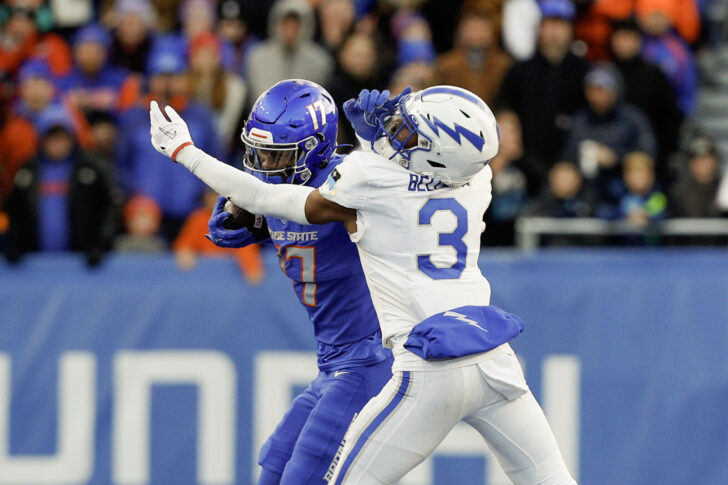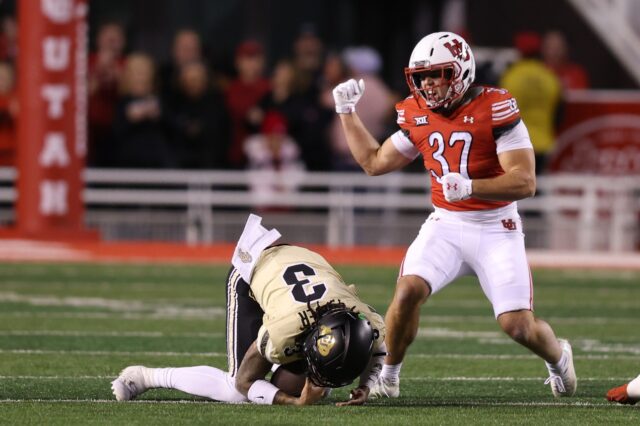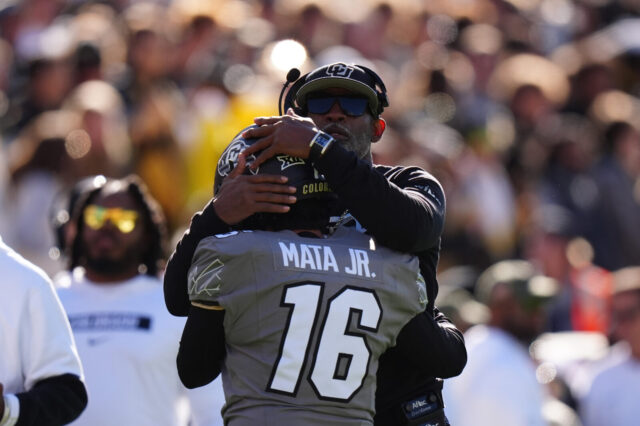Strike 3: What happened to Air Force?
Football fans around the region who weren’t all encompassed by the show in Boulder, and were paying attention to what was going on in other places, know that after beating CSU in a snowstorm at the end of October, the Falcons sat at 8-0 and ranked in the Top 25. They looked like a team that was headed for their first Mountain West conference title and a New Year’s Six bowl game.
Then something happened. The snow melted, Mother Nature provided a picture perfect day for a nationally televised service academy game at Mile High and the Falcons went out and collapsed against Army.
No one really knows why.
But what happened after that is even more disconcerting. What should have been a victorious road trip to Hawaii started off with an injury to starting quarterback Zac Larrier and ended up with another shocking loss to the Rainbow Warriors. Then, without their starting QB and their only experienced ball carrier in Emmanual Michel, AFA blew a 24-7 first half lead and lost a heartbreaker in the final seconds at home to UNLV. Still, they had a chance to secure a berth in the MW title game the following week, but fell on the blue turf in Boise to the eventual MW champs.
Four straight losses to end the season. A no-win November. A first for Troy Calhoun.
In retrospect however, it may have been the eight straight wins to start the season that came as more of a surprise, especially to Calhoun and his staff. After losing one of the best QB-RB tandems in program history (Haaziq Daniels and Brad Roberts) this Falcons team was one of the least experienced in academy history going into the season. Then Larrier was hurt during a convincing win over San Diego State, but returned unexpectedly to lead the Falcons past a good Wyoming team. His ability to hit a selected few big pass plays was critical to the AFA option offense, and when he couldn’t play in the last three games, the Falcons struggled to score enough points.
While the ground game is the staple of the AFA offense, when they can’t hit a few big pass plays, they typically ground to a halt.
Larrier rushed for 579 yards in the 10 games he was able to play in, and he threw for 774, with six touchdowns and two interceptions. His backups didn’t combine for even 200 yards passing, with zero touchdowns and three pics in his place.
Unlike most programs, Air Force didn’t get the benefit of having extra experienced guys on the roster due to the added “COVID” year most players received. That’s not the way things work at the Academy. As a result, this Falcons team was too young and inexperienced to stay the course, especially when their leader and their best running back were sidelined.
They will get a chance to end the season on a better note, and put the stops on the four game skid when they face No. 24 James Madison in the Armed Forces Bowl in Fort Worth on Dec. 23. The hope is that Larrier and Michel can play, but if not, perhaps the month in between games will allow someone else to get a handle on the offense.
As for next season, the all-important QB position will likely be in the hands of junior John Bosha, the only one of the five signal callers on the current roster who isn’t a senior. Cadets don’t get a lot of spare time due to heavy academic requirements, but Bosha – who will have the luxury of handing the ball to now-experienced ball carriers like Dylan Carlson and Taylor Latham – needs to spend the time he has to spare learning how to put the air back in Air Force.





